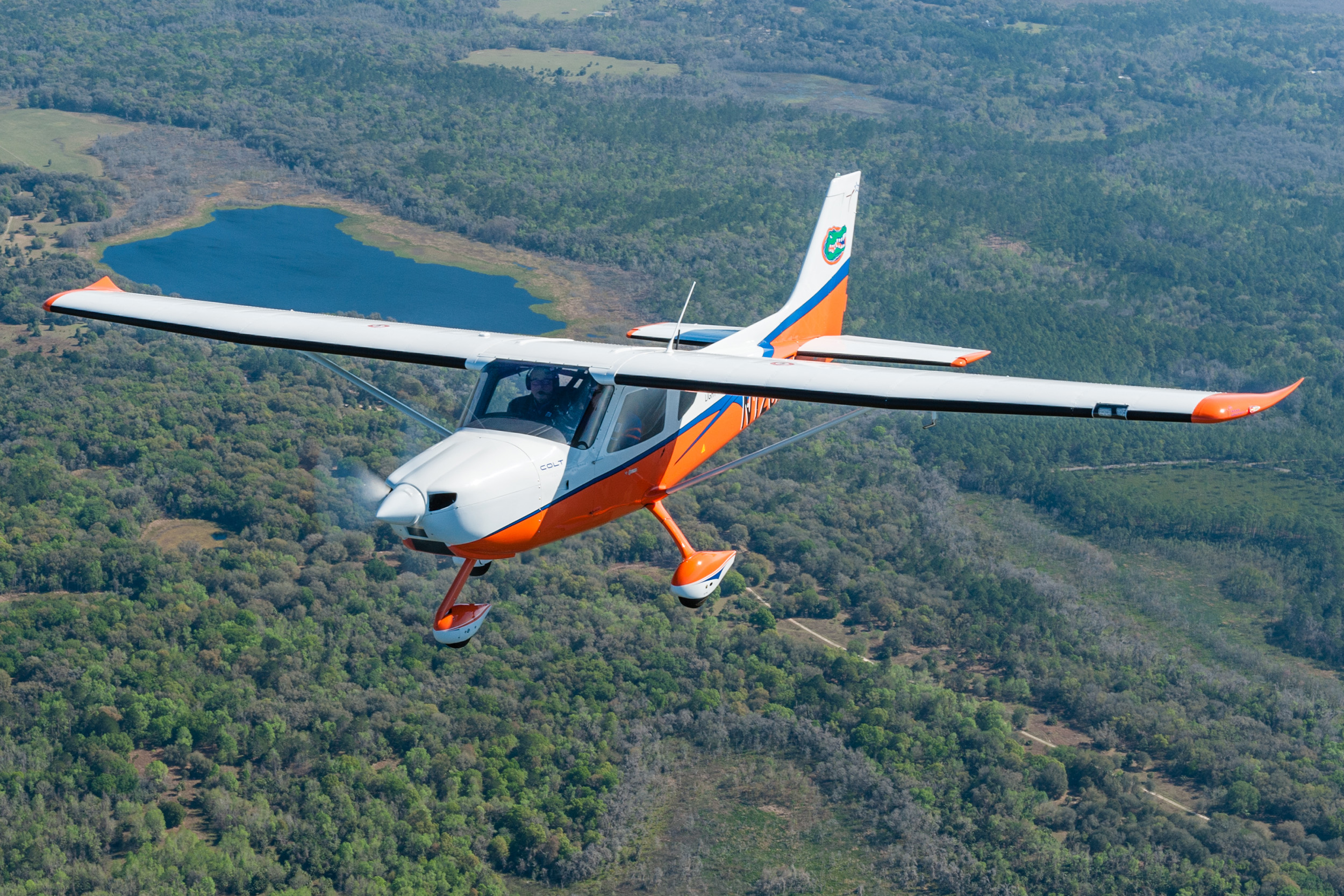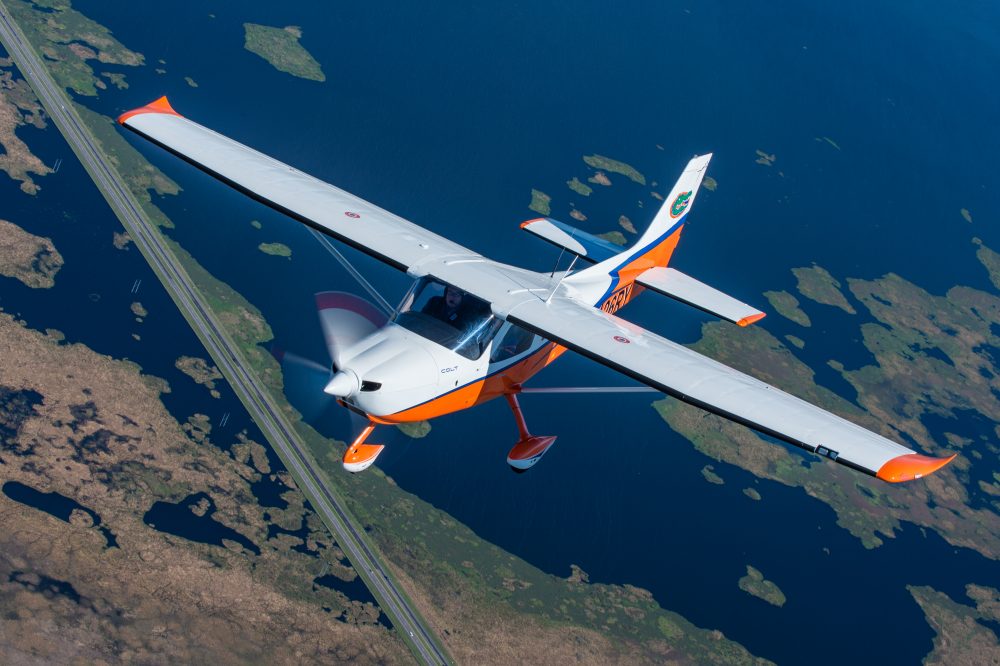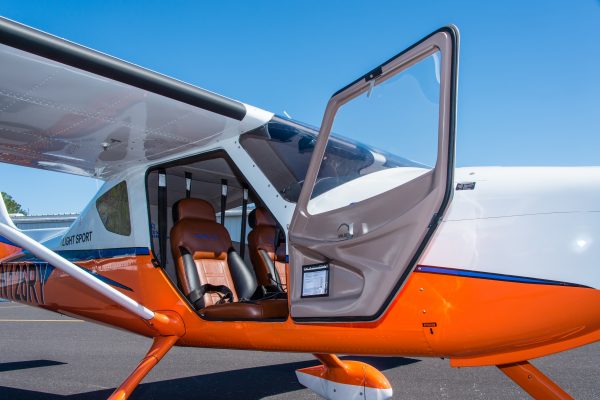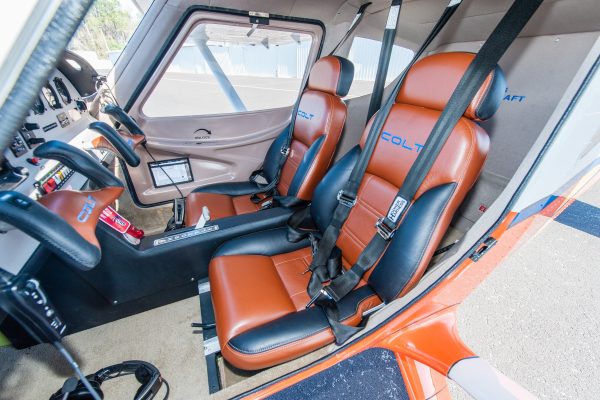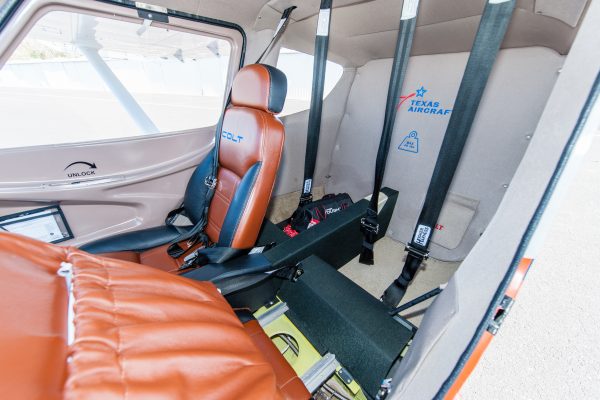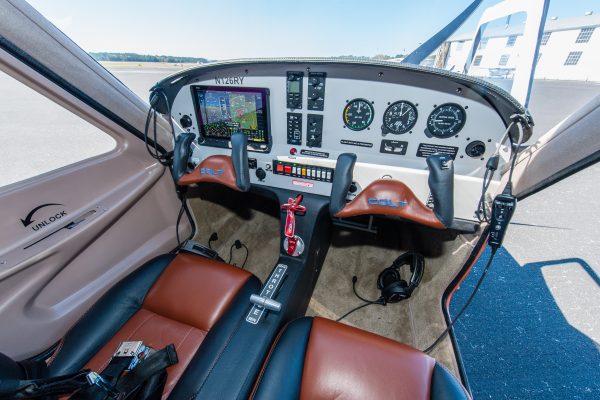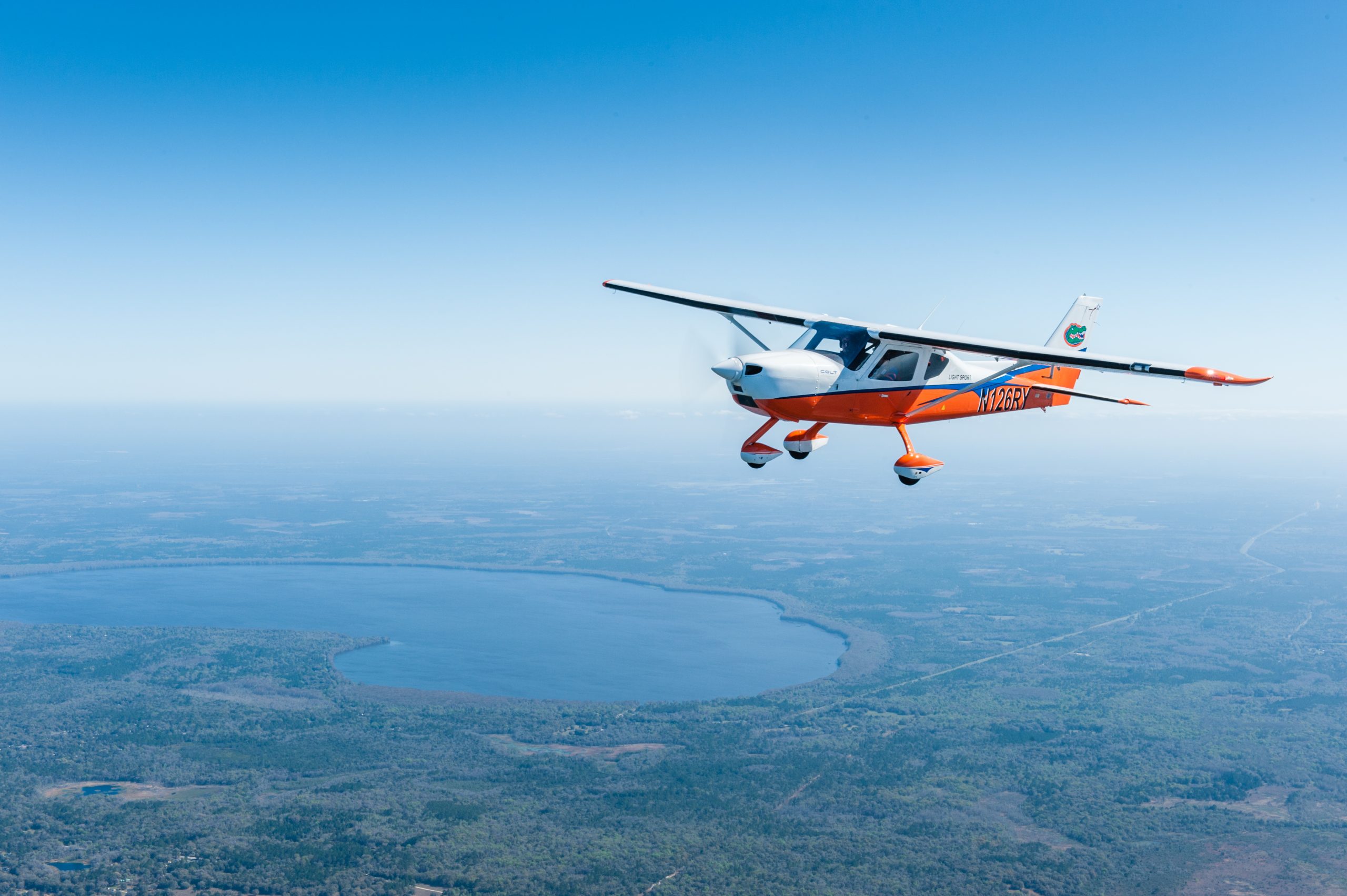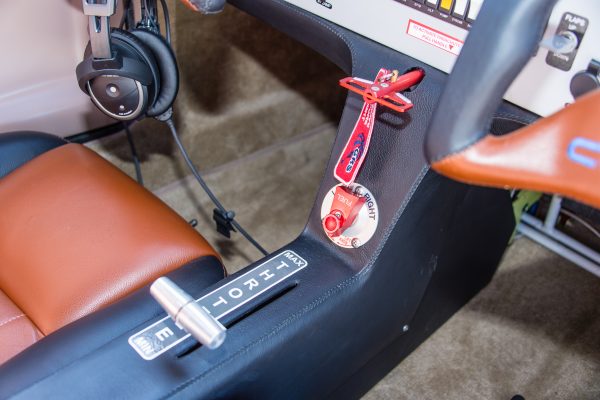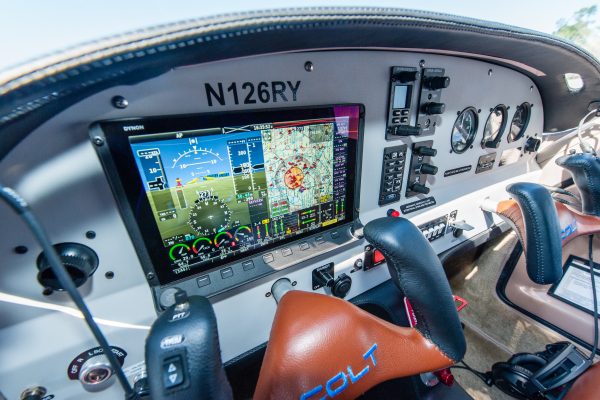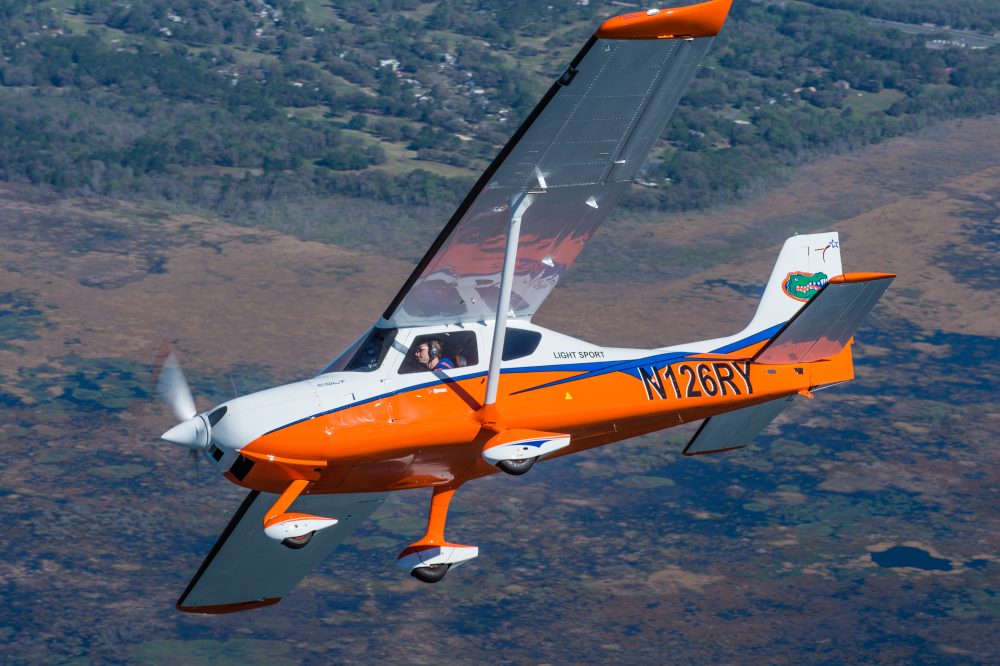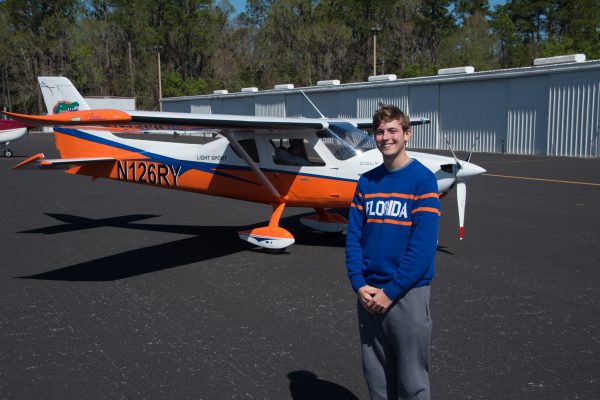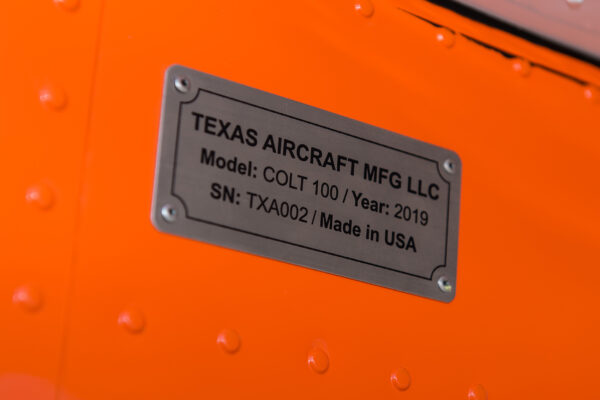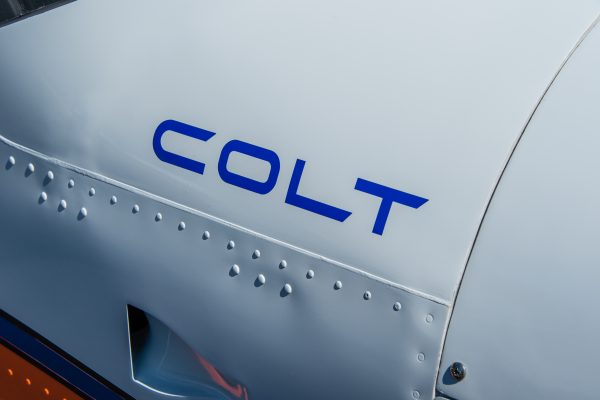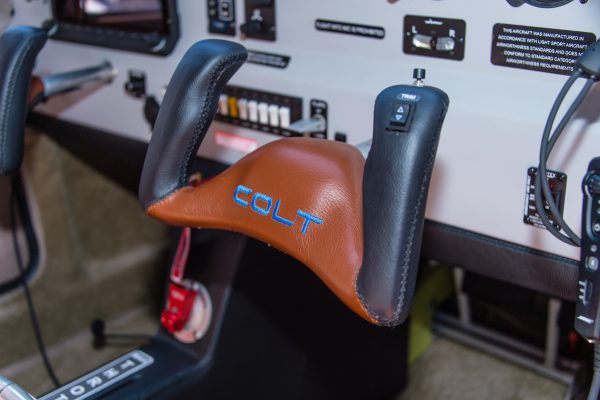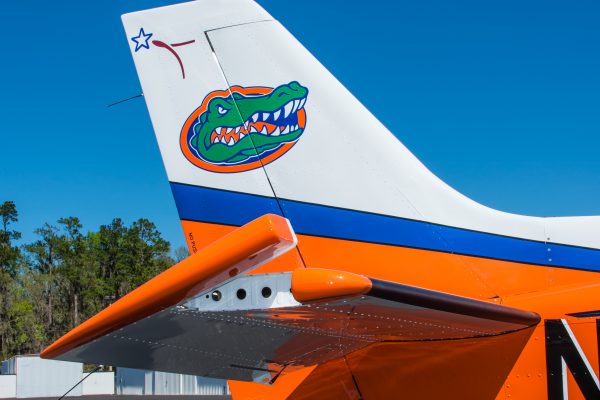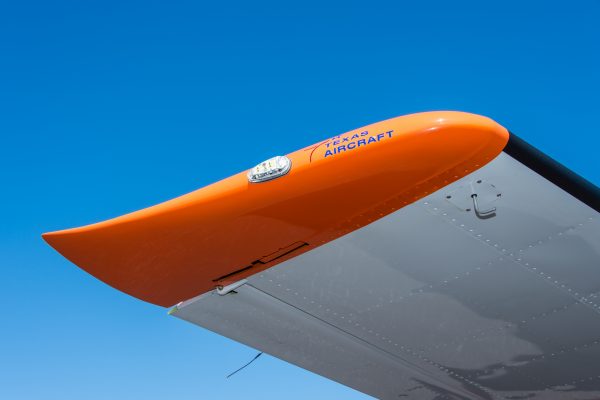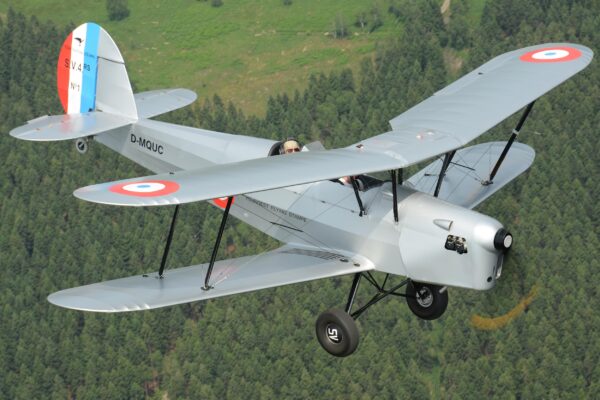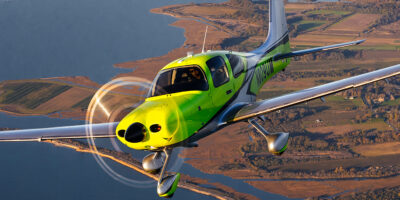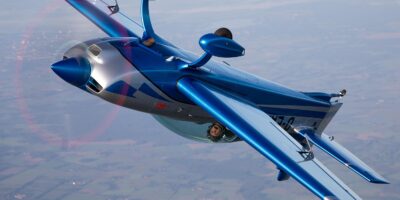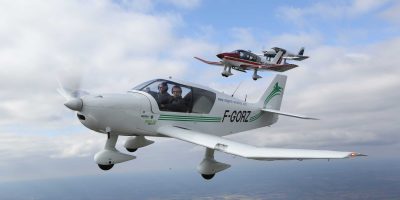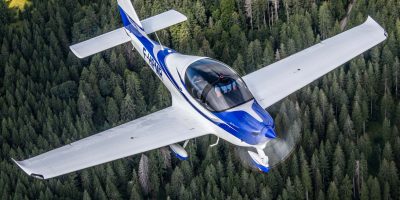The Colt has a useful load of about 220kg, so there’s some balancing to be done with fuel quantities and everything else. Topping the tanks for a six hour flight will take about 85kg, leaving 135kg to be shared between the two seats and any luggage, but how many of us fly six hour GA legs regularly? The Colt is a super comfortable LSA, but six hours…
Ricky and I run through the plan, and it’s immediately obvious by the way that he’s using both ForeFlight and the Dynon Skyview HDX that he’s very comfortable with the technology, as you’d expect for an average usage of about 20 hours a month. With the engine running it’s time to pick up the ATIS, and while the frequencies are not difficult to find, the Dynon radio has three buttons, ATIS, GND and TWR, which thanks to the GPS know exactly where you are, so pressing one of these tunes the right frequency for you. Heading for the runway the castering nosewheel makes easy work of directional control and we’re soon ready to set take-off flap, operated by a spring loaded switch without any detents, so 10° or so equals maybe four seconds.
I add power and weave a bit as we gather speed and the rudder becomes effective before we leave the ground and settle into a fairly nose high 800fpm climb. In some LSAs right about now I’d be doing my best to avoid PIO thanks to the (over) sensitive controls in pitch, but the little Colt’s solid with nicely weighted controls that make it feel like a much larger aeroplane. Ricky tells me that he often flies high to take advantage of better tailwinds, his record so far being a groundspeed of 174kt, but today we go no higher than 4,000ft to try to get out of the low level turbulence. Here the speed settles, as predicted, at just over 100kt. It’s possible to go faster, but 4,800-5,000rpm seems like a comfortable relaxed cruise setting for the Rotax. The handling is really nice, harmonised and not featherlight like some, the aeroplane trims easily (both yokes have electric trim switches), and there’s no big pitch changes with the flaps either. Slow flight is a pleasure, stalls predictably (and happily) boring.


